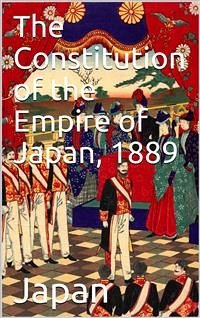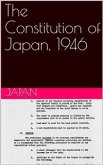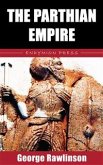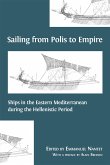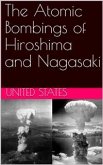The Constitution of the Empire of Japan, known informally as the Meiji Constitution, was the constitution of the Empire of Japan which had the proclamation on February 11, 1889, and had enacted since November 29, 1890 until May 2, 1947. Enacted after the Meiji Restoration in 1868, it provided for a form of mixed constitutional and absolute monarchy, based jointly on the Prussian and British models. In theory, the Emperor of Japan was the supreme leader, and the Cabinet, whose Prime Minister would be elected by a Privy Council, were his followers; in practice, the Emperor was head of state but the Prime Minister was the actual head of government. Under the Meiji Constitution, the Prime Minister and his Cabinet were not necessarily chosen from the elected members of the group. Through the regular procedure for amendment of the Meiji Constitution, it was entirely revised to become the "Postwar Constitution" on November 3, 1946, which has been in force since May 3, 1947. The Meiji Restoration in 1868 provided Japan a form of constitutional monarchy based on the Prusso-German model, in which the Emperor of Japan was an active ruler and wielded considerable political power over foreign policy and diplomacy which was shared with an elected Imperial Diet. The Diet primarily dictated domestic policy matters. After the Meiji Restoration, which restored direct political power to the emperor for the first time in over a millennium, Japan underwent a period of sweeping political and social reform and westernization aimed at strengthening Japan to the level of the nations of the Western world. The immediate consequence of the Constitution was the opening of the first Parliamentary government in Asia. The Meiji Constitution established clear limits on the power of the executive branch and the Emperor. It also created an independent judiciary. Civil rights and civil liberties were guaranteed, though in many cases they were subject to limitation by law. However, it was ambiguous in wording, and in many places self-contradictory. The leaders of the government and the political parties were left with the task of interpretation as to whether the Meiji Constitution could be used to justify authoritarian or liberal-democratic rule. It was the struggle between these tendencies that dominated the government of the Empire of Japan. The Meiji Constitution was used as a model for the 1931 Ethiopian Constitution by the Ethiopian intellectual Tekle Hawariat Tekle Mariyam. This was one of the reasons why the progressive Ethiopian intelligentsia associated with Tekle Hawariat were known as "Japanizers". By the surrender in the World War II on 2 September 1945, the Empire of Japan was deprived of sovereignty by the Allies, and the Meiji Constitution was suspended. During the Occupation of Japan, the Meiji Constitution was replaced by a new document, the postwar Constitution of Japan. This document—officially an amendment to the Meiji Constitution—replaced imperial rule with a form of Western-style liberal democracy.
Bitte wählen Sie Ihr Anliegen aus.
Rechnungen
Retourenschein anfordern
Bestellstatus
Storno

